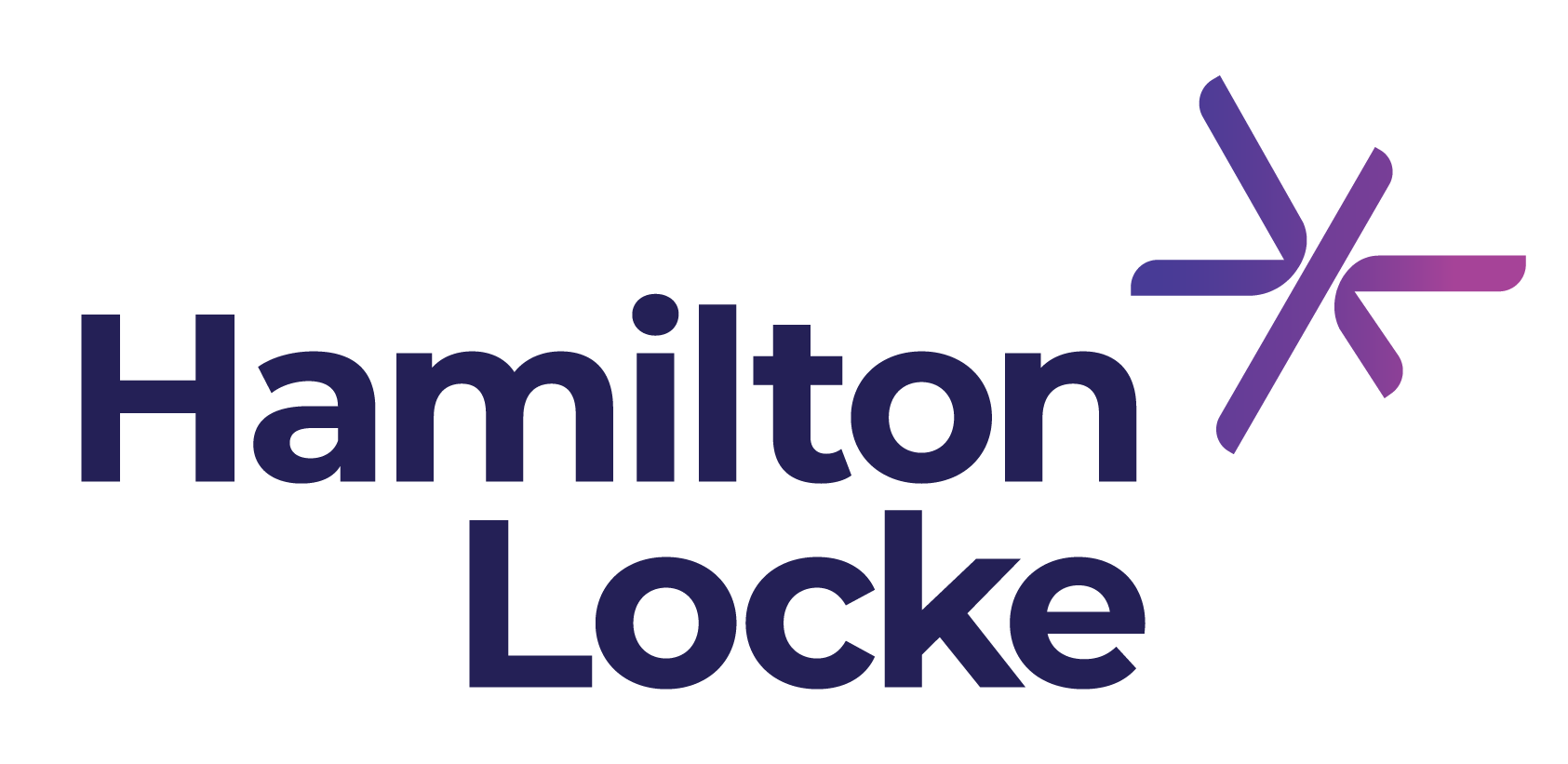INSURANCE ALTERNATIVES: PART 2: PARAMETRIC INSURANCE.
Published on Oct 11, 2019

Following on from our last post about insurance alternatives, in this post we outline what parametric insurance is and how it can help you in a hardening insurance market.
What is parametric insurance?
Parametric insurance pays out a pre-agreed amount when a ‘trigger’ event happens. The amount is paid regardless of whether you have suffered any loss or not.
The trigger event could be anything at all as long as it’s objective and measurable. For example, it may be hurricane winds that have reached a certain speed or an earthquake of a certain magnitude on the Richter scale. The amount that will be paid is agreed upfront when the contract is made. The payment is made regardless of the actual loss incurred.
For example, a farmer may insure their crop for $1 million if it rains less than 300mm in a year. At the end of the year, if the rainfall has been less than 300mm the farmer will be paid $1 million regardless of the damage they actually suffered or the costs incurred to replant the crop.
The benefits of parametric insurance for insurers
For insurers the benefits include:
- Lower dispute resolution costs because it’s harder for claims to be disputed;
- Lower costs overall because there’s no need to engage loss assessors or investigators to measure the loss suffered;
- Less profitable industries may be more attractive because administration costs are lower; and
- Less chance of fraud or human error in the claims and assessment process.
Parametric insurance also opens up the opportunity for insurers to find and develop innovative ways to further reduce their costs and open up new markets. Technology could potentially be used to:
- Collect data and more accurately assess and price products;
- Execute contracts, record payment triggers and arrange automatic payouts by leveraging blockchain; and
- Service remote customers entirely online. By relying on data to assess and pay claims, insurers can potentially service customers anywhere. For example, crop insurance that’s based on agricultural indices can be offered to outback stations.
Insurance buyers also benefit
Parametric insurance also benefits customers by:
- Reducing delays in payment. This is because loss assessments are not required. In some cases, a delay in receiving insurance payments can be even more devastating than the initial loss;
- Reducing the cost of insurance compared to more conventional insurance products;
- Covering risks where previously there was no appetite for insurance;
- Giving more flexibility in the type of products that can be offered because a parametric trigger can be designed in a number of ways; and
- Simplifying the claims process and making the payout mechanism quick and predictable. This improves the customer’s experience and potentially increases their trust and confidence in the industry because there’s less likely to be a dispute.
The biggest issue with parametric insurance is that the payout might not cover the customer’s actual loss. In the example above, if the farmer’s failed crop cost $1.5 million, then the farmer may be out of pocket and will need to absorb the additional loss.
When you could use parametric insurance
Parametric insurance is popular for risks that can cause huge financial devastation but can be modelled or calculated based on a pre-defined metric. For example, it’s used in the agricultural industry because weather indices and crop yields can be used to calculate the scale of parametric insurance payouts.
It’s also popular where customers want convenience and the loss can be easily calculated. For example, in travel insurance where a missed or cancelled flight can be easily identified and calculated. Customers can be paid out quickly so they can continue their travels.
Natural disaster risks like earthquakes, cyclones and floods are also suitable for parametric insurance products. This is because the loss can often be pre-determined and speed of a payment is vital to the customer so they can start recovering from the loss.
Generally, parametric insurance is suitable for:
- Customers who can afford to pay for part of their loss or are willing to take that risk in exchange for a high level of convenience;
- Buying groups who need to cover a hard-to-place risk;
- Risks that traditional insurers aren’t willing to cover, but where the reinsurance market and a co-insurer can price the risk; or
- Niche, in-demand types of insurance for consumers.
As the accuracy of data collected and analysis improves, more losses will be able to be predicted or modelled. This will only increase the use of parametric products. There are also opportunities to structure these types of products differently. For example they could be structured as a derivative but this would change the type of financial product (ie from an insurance product to a derivative).
The market for parametric solutions in Australia is still in its infancy, but we can expect this to increase as insurers understand how to use data to price risks better.
If you’re considering putting in place a parametric insurance product or would like to make sure you’ve got the right licensing arrangements in place, get in touch. We’d be happy to help.
October 2019


